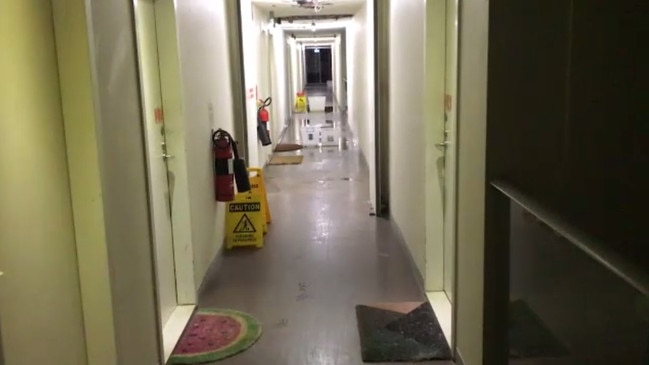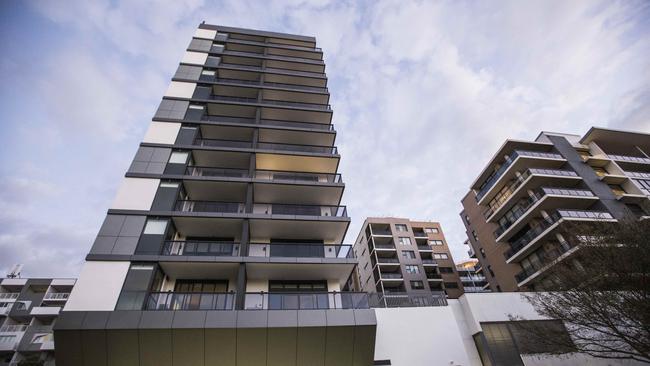Dr Shane Geha: Further regulation won’t fix building blunders
NSW Premier Gladys Berejiklian last week said that Sydney’s “building industry has failed” but it is important not to vilify an entire industry because of a few unfortunate events, writes Dr Shane Geha.
After understandable pressure from concerned residents, NSW Premier Gladys Berejiklian last week said that Sydney’s “building industry has failed”.
I believe the Premier is acting in good faith, but it is important at times like these to remain measured and think carefully, not only of the worrying circumstances that some residents may be experiencing, but also of the solution to these issues.
I support the Premier’s intent. It is her job to ensure the safety and security of NSW citizens. However, it is important not to vilify an entire industry because of a few unfortunate events.
The building industry was not left to “self-regulate” as claimed — and the notion that these instances are symptomatic of an industry left to run wild is untrue.
The reality is the industry is both legislated and self-regulating — a hybrid system that thus far has been fit for purpose.


Despite hundreds of thousands of tall buildings being built in NSW in the past ten years, we have never heard of an apartment building facing radical structural collapse. Nor has there been a single fatality.
In past decades, the certification of a building for construction, as well as the final issuance that deems buildings fit for occupation, were the exclusive domain of local councils. This system had its advantages. It typically involved professionals of high tenure who took their roles seriously.
However, this system also had serious flaws. It was incredibly slow. It stifled innovation. And it shunned new talent, who would often bring the latest industry and academic knowledge to the table.
As the industry modernised and innovated, and building technology evolved, there was a pressing need for more professionals to be involved in the approval processes.
Importantly, development approvals remained in the hands of statutory bodies — as is still the case today.
To speed up the process, the government allowed private certifiers to do what councils had done for decades. This was not unregulated. It involved the appointment of suitably qualified personnel by a new body, the Building Professionals Board.

So the certification issues alluded to by some are not the result of unregulated personnel nor unscrupulous processes. Rather, buildings have become more complex, with new elements and materials designed for modern-day living. They also frequently need to be delivered more quickly than ever before.
Part of the problem is the issue is a lot more complex than the Premier or media might have you believe.
There are several hundred elements that make up a building. The elements that most concern us in terms of public safety are structural. For instance, the concrete and steel that support the building from foundation to roof.

With such a multitude of considerations, it’s not difficult to see how mistakes can occur, albeit thankfully not at a level where any lives were endangered. But more regulation and more legislation is unlikely to change anything other than add time and cost to building processes.
No matter which solution is arrived at by government or industry, it is important to remember that safety comes first — but also that cost and time come second and third.
The Premier may be echoing the words of the sagacious Justice Sutherland in 1934 “Salus Populi Suprema Lex Est” — “the welfare of the people is the Supreme Law” — but that should be all the people, including builders, developers, manufacturers, tradesmen and, of course, purchasers.
Dr Shane Geha is managing director of EG Property Advisory


